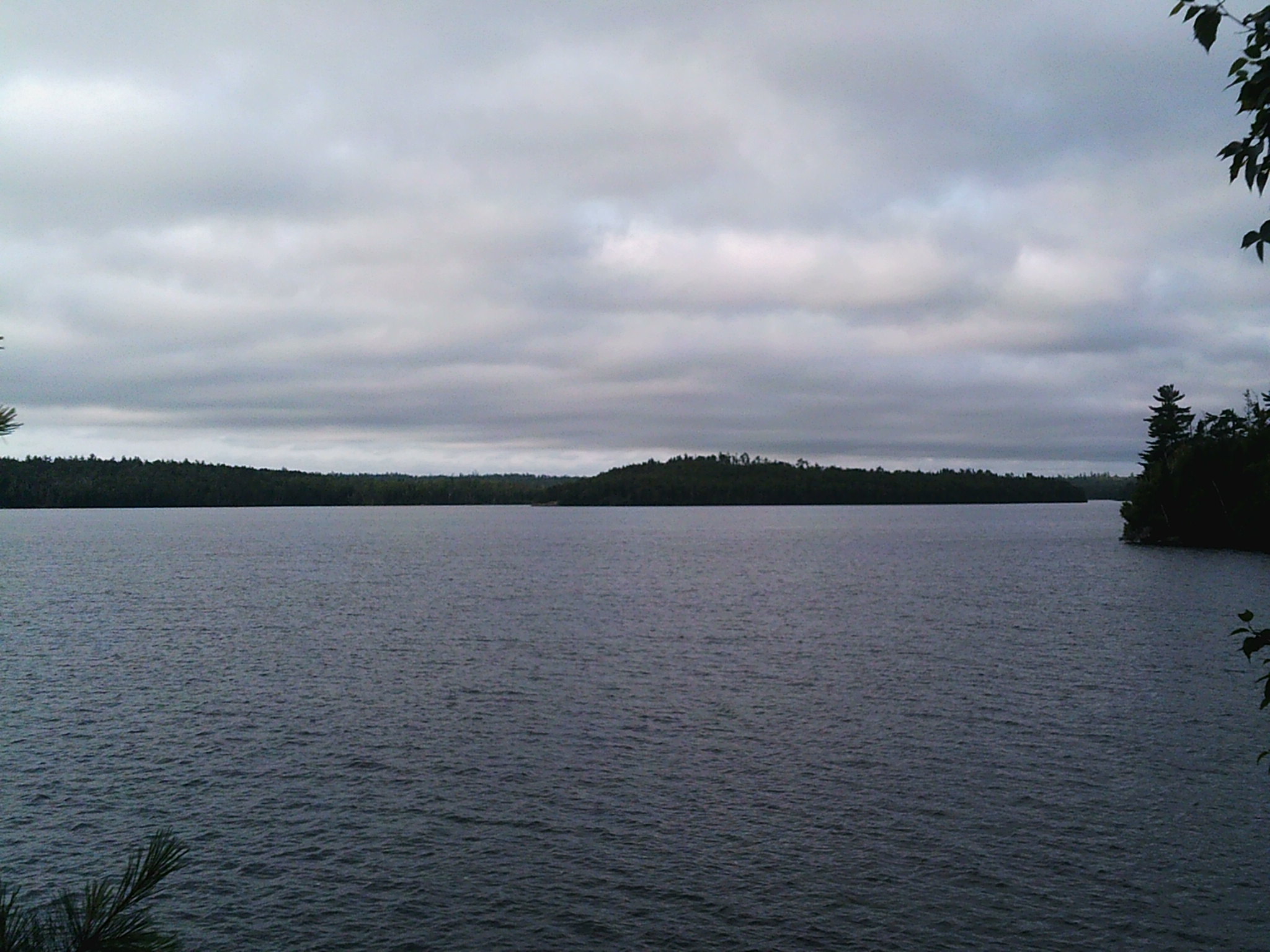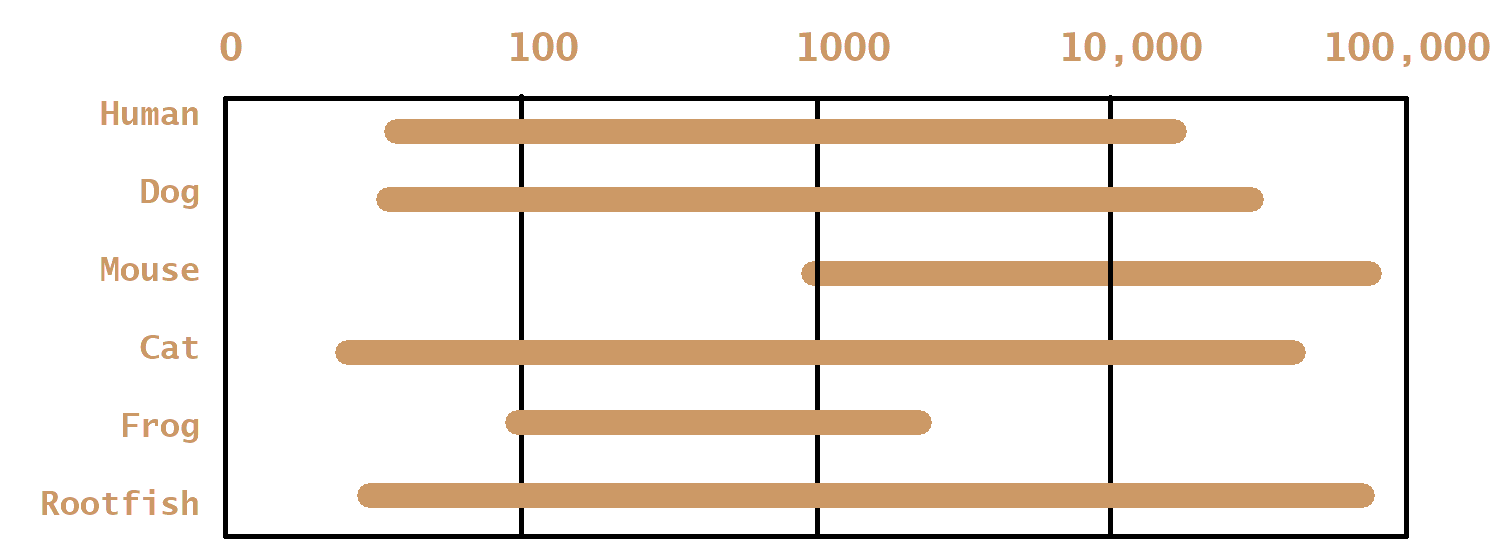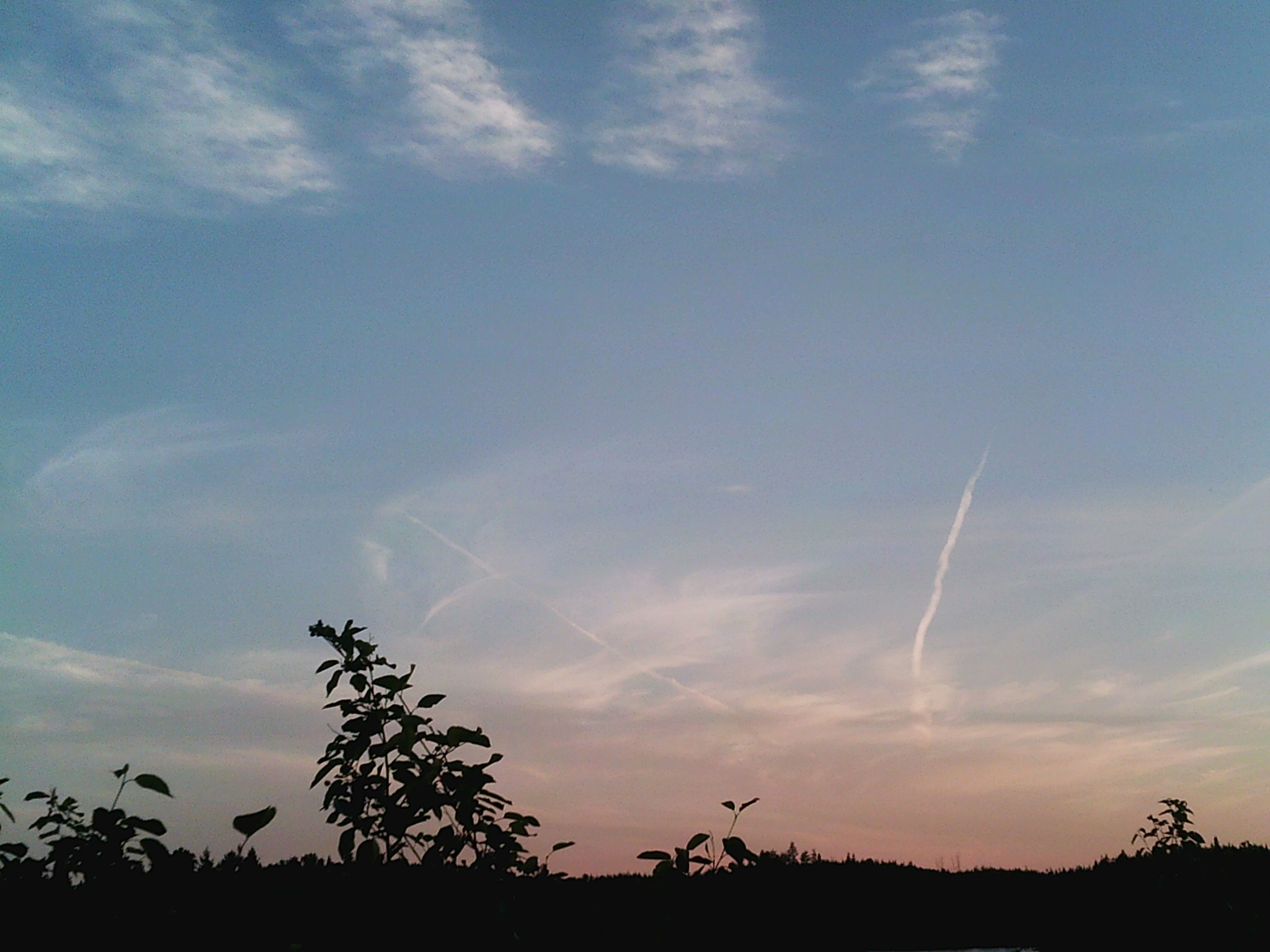Rootfish
It is not what it eats
The canopy of the Kava swamp, a wall of reddish-orange leaves, captures most all the light that falls on it. The aquatic ecosystem must adapt. A few plankton-like species feed off the meager light that the plants above fail to capture. However, they do not grow abundantly enough to serve as a food source. The rootfish adapts to this low-food environment by gnawing at fallen logs and exposed roots.The rootfish is an eyeless fish living in the depths of the swamp under the Kava forest. The fish gnaws at exposed roots and fallen wood for sustenance, being one of only a few major species known to practice xylophagy. They are one of the major fish species in the Salt Plains.
Basic Information
Anatomy
The first fish removed by the researchers from the water was immediately field-examined. The Outrider Drones were immediately astonished when the head of the thrashing fish was held up to the light. The eyes of the fish were missing, causing a shout from one of the researchers, who immediately dropped the fish back into the water. Extended observation showed that the fish was an obligate xylophage. This can be explained by their low-light, low-food habitat.The fish is vertebrate, and in many other ways is similar to fish on Earth. However, its environment dictates that it develop differently. Due to the low-light environment, several studies theorize the fish originally had ocular organs, but those regressed due to the low light deep down in the swamp. The fish also notably has massive jaws. With its four jaws and numerous molars, the toothy rootfish is perfectly adapted to gnaw away at logs. It has been calculated that the head of the fish accounts for fifty percent of the fish's total volume.
Genetics and Reproduction
Ecology and Habitats
Dietary Needs and Habits
Wood! This fish eats only fallen wood for its entire life, and has adapted to digest this material. If we put it into a place with ample wildlife, but no wood, it will starve.The fish, perfectly adapted to an unused food source with its large jaw and strong teeth, solely subsists on fallen logs, on which other fishes have not adapted to eat. The rootfish, therefore, has a unique niche in the ecosystem of the Salt Plains, with a stable source of food. However, it does compete with fungi, which also decompose the same fallen logs.
Additional Information
Geographic Origin and Distribution
Perception and Sensory Capabilities
Related:
Food source:
Endemic to:
Remove these ads. Join the Worldbuilders Guild














Oooohhh, I like the chart. This feels like it could actually be on a science wiki. I like! Do people in the rootfish? It almost sounds invasive.
"Do people in the rootfish," the thing is, they haven't really been taken anywhere outside their natural habitat (due to this planet having two civs: terraforming drones and bronze age bird culture, which means neither have both the means and motive to export it), and they don't really interfere with other animals, and often actually provide larger predators a source of food.